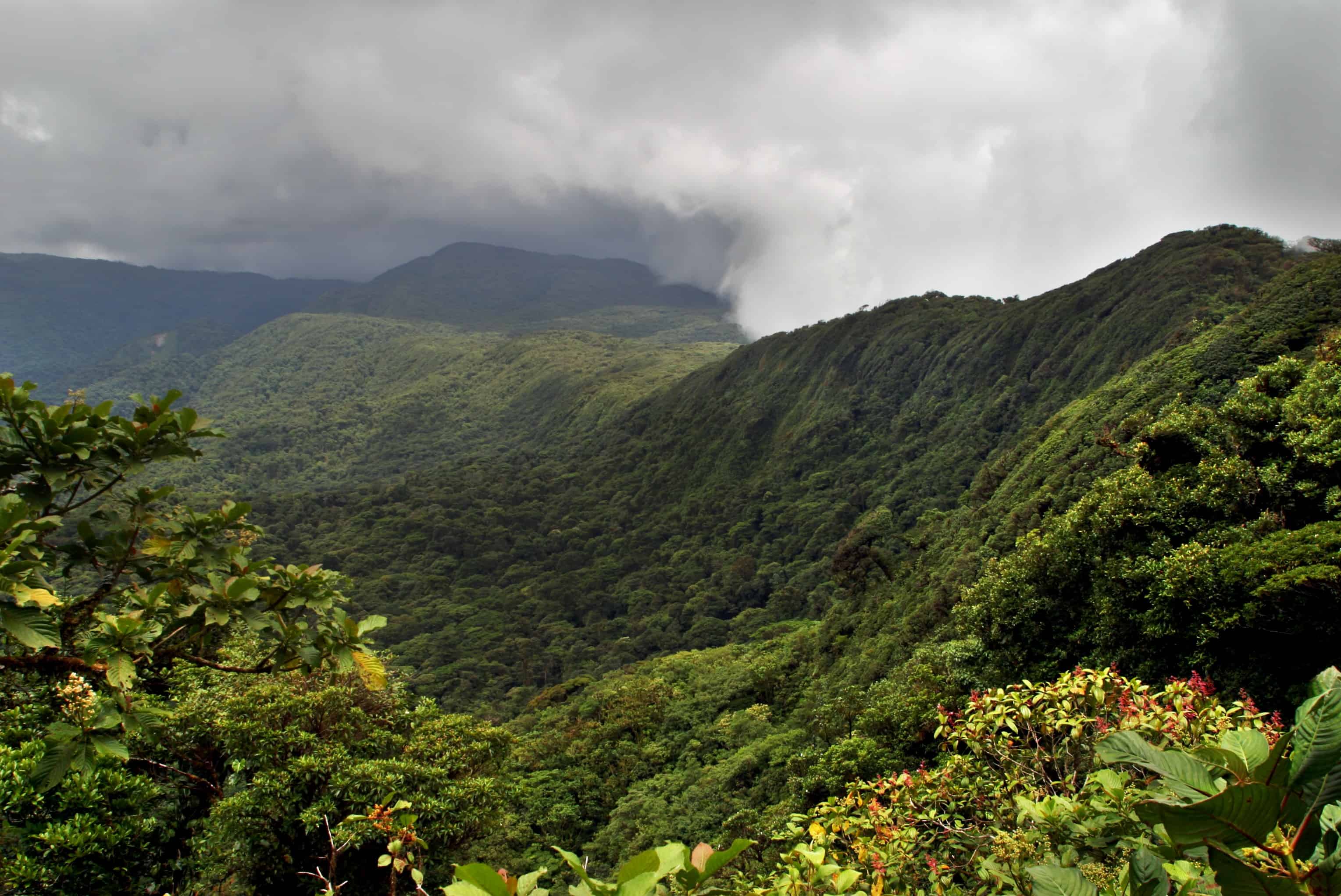Costa Rica’s plentiful forests aren’t just nice to look at. According to a new report, they also contribute 10 times more to the country’s GDP than previously thought. The report, released on July 30 by the World Bank and the Central Bank of Costa Rica, shows that forests accounted for 2.1 percent of the country’s GDP between 2011 and 2013.
Previous estimates had set that contribution at between 0.1 and 0.2 percent of GDP. Unlike those previous estimates, the new forest account considers a greater expanse of economic activities generated by forest products, not just timber extraction. By looking at the value of forest-derived products like cork and paper, the new accounting process shows the value woodlands hold beyond simply providing raw material for the logging industry.
Additional studies are underway to examine the hidden economic value in a forest’s “ecosystem services,” like water filtration and carbon capture.
The completion of the forest accounting report is part of Costa Rica’s participation in the World Bank’s Wealth Accounting and the Valuation of Ecosystem Services (WAVES) partnership. The program, which includes seven other developing countries, is designed to help governments assess the economic value of their natural resources through natural capital accounting (NCA) in order to promote sustainable development policies. NCA looks at how natural resources contribute to the economy and how the economy affects natural resources.
Though a bill that would have required developers to incorporate NCA into any new projects in Costa Rica was killed in the Legislative Assembly last year, the government is now using WAVES to help design the country’s energy, forest and water management plans.
The flip side of forest conservation
Costa Rica implemented strict forest conservation policies in the 1980s. Its reforestation efforts are seen as a global success story, moving Costa Rica from 26 percent forest cover to more than 50 percent in a matter of decades. But these efforts also took a toll on the timber business, driving the local logging industry to near extinction.
While the fall of this industry was seen as a natural casualty for forest conservation, its disappearance has also had unintended environmental consequences. Wood has now been replaced with more carbon-intensive concrete and steel construction. The use of timber in new construction shrunk from 30 percent in 1984 to less than 10 percent in 2000 and continues to fall.
The lack of legal logging options has also given way to a black-market for tropical, sometimes endangered, hardwoods.
To combat these negative affects, while continuing to add value to forests, World Bank analysts recommend restructuring forestry regulations to allow for some forest exploitation.
“Maintaining the hard-won growth in forest cover will only be possible if it becomes a productive asset,” researchers wrote in one report. “Understanding the contribution of forests to the country’s economy could change the perception of using forests from being seen as a problem to becoming an opportunity.”






